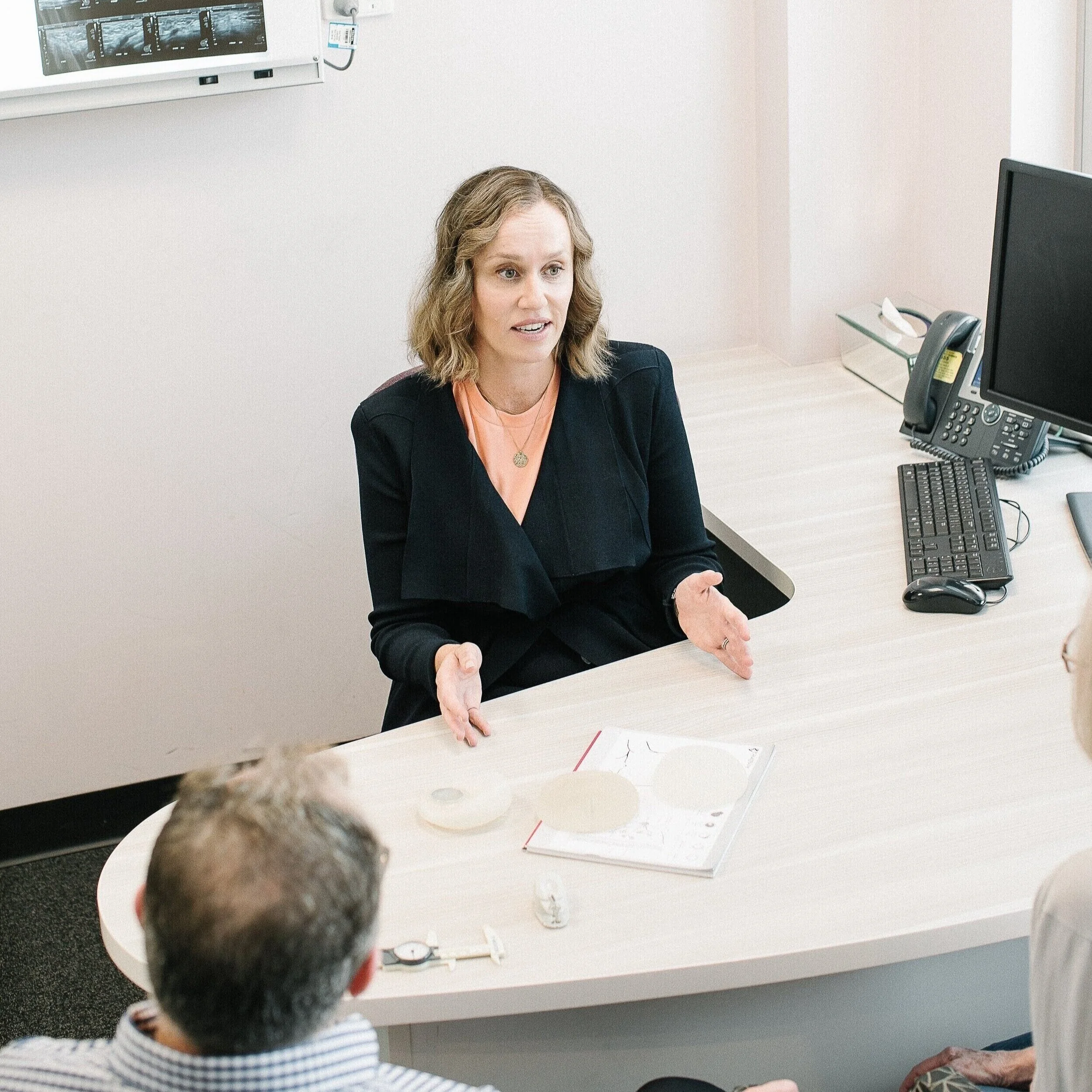Melanoma Surgery
Australia and New Zealand have the highest incidence of melanoma in the world so Australian doctors and surgeons are no strangers to treating patients with skin cancer.
Most melanomas are diagnosed and managed by dermatologists or general practitioners but for later stage melanoma where the melanoma is deep, patients may need to see a surgeon.
A melanoma patient may be referred to a surgeon for wide surgical excision of the primary melanoma, sentinel lymph node biopsy or complete nodal surgery, along with coordination of care with medical and radiation oncologists.
No matter what kind of melanoma you have, know that Australian doctors and surgeons are skilled at treating skin cancer. The Melanoma Institute of Australia provides excellent resources for both patients, their families and doctors, and I highly recommend you peruse their site. I have links below for the particular operations I perform.
Melanoma treatment has changed
There has been a revolution in the way advanced melanoma is treated. Nowadays, surgery can be combined with safe, effective oncology treatments, that have transformed the survival of melanoma patients from this insidious cancer.
Melanoma surgical treatments
Surgery
Surgery - also known as Wide Excision - is the primary and often only treatment required for early melanomas. This can be done by a GP or a Specialist Dermatologist. In some instances, a second wider excision may be needed by a specialist surgeon.
Check out the MIA Early Stage Melanoma Guide PDF
Sentinel lymph node biopsy
Sentinel Lymph Node Biopsy is now the standard of care for patients who have a deeper melanoma. If your melanoma is thicker than 1mm, or has concerning features (ulceration, a high mitotic count, etc) ask your doctor if you could benefit from a sentinel lymph node biopsy. This procedure can determine if you are eligible for new medical therapies.
Check out the MIA Sentinel Node Biopsy PDF
Complete lymph node surgery
Complete lymph node surgery - In some instances, all of the lymph nodes in the affected area may need to be surgically removed. Areas can include armpit (called the axilla) or the groin/pelvis. This may be before or after undergoing medical therapies. A large amount of research is being done in this area.
Check out the MIA Axillary Lymph Node Dissection PDF and MIA Exercises Following Axillary Dissection PDF
Both sentinel lymph node biopsy and complete lymph node surgery can lead to seroma formation, which is a collection of lymphatic fluid. Please read more about seroma management.
No matter who you are, sun protection is the cornerstone of melanoma prevention.
Always Slip, Slop, Slap, Seek, Slide
Check out the Melanoma Institute of Australia Prevention and Early Detection Guide.




